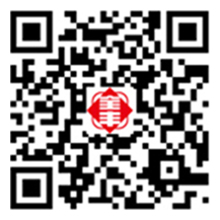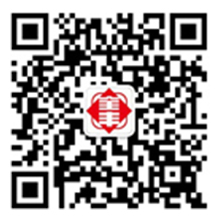A complete explanation of the control of wheat growth with chlormequat, paclobutrazol and chlorhexidine!
Time:2023-01-31 Follow:996
The exuberant growth of wheat before winter is characterized by the tender growth of wheat seedlings, more stems and too large leaf area coefficient before winter; The young spike differentiation process is advanced, and the serious year and plot jointing before winter.
The harm of wheat growth
1. Delay in the green period of wheat
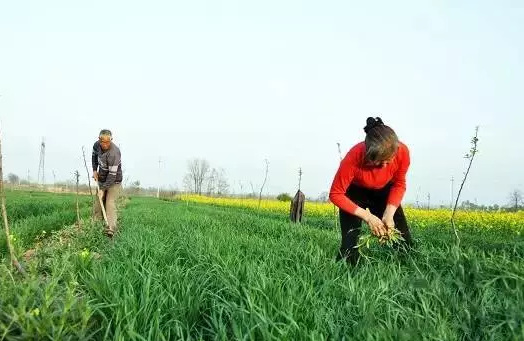
Before winter, the flourishing wheat grows late and turns green slowly in early spring. The turning green period is generally delayed by 7 to 10 days, and the growth in early spring is obviously insufficient. The specific performance is that there are basically no spring new tillers in spring with late root spraying, few new roots and serious vigorous growth, which directly leads to the low rate of tillering and the reduction of ear number per mu.
2. Wheat sheath blight and other diseases are seriously affected

Before winter, the total number of flourishing stems is too large, the ventilation and light transmission in the population are poor, the humidity in the middle and lower parts is high, and the recurrent diseases such as sheath blight and powdery mildew in spring are relatively serious.
3. Wheat is prone to lodging
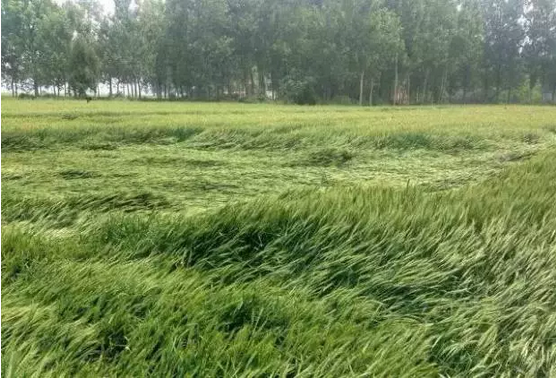
Because of the large population, insufficient illumination within the population, excessive elongation of basal internode, long length, thin stem wall, poor elasticity, and significant decline in wind disaster resistance, most of the pre-winter flourishing wheat is prone to lodging in the later stage.
4. Weak root system of wheat
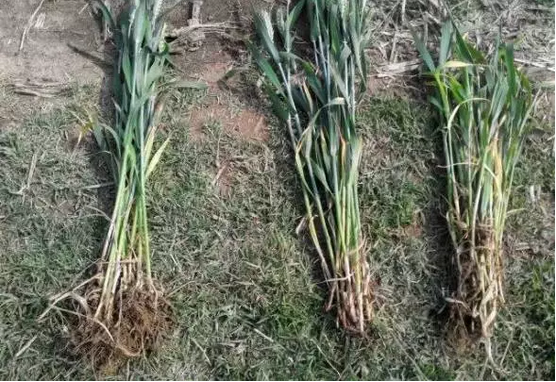
The above-ground and underground growth of flourishing wheat is out of balance, the underground root growth is weak, the number of roots is small, the soil is shallow, the vitality is poor, the water absorption function decays quickly at the late stage of filling, the ability to resist dry and hot wind is significantly reduced, and the phenomenon of premature aging is obvious.
Causes of Wheat Prosperity
Premature sowing will cause excessive accumulated temperature before winter, and it is easy to form vigorous seedlings before winter. The field performance is generally characterized by long and narrow leaves, drooping, and insufficient tillers. The young spike differentiation of the main stem and some large tillers before winter enters into the two-ridge stage.
Too much sowing will lead to too large population before winter, which is easy to form flourishing seedlings. The field performance is generally crowded growth, poor individual development and few tillers.
Excessive amount of fertilizer and water, especially excessive amount of nitrogen fertilizer, will also lead to growth before winter. In the field, there are many tillers, broad leaves and serious shade in the field.
Variety reason: the flourishing seedlings formed by improper selection of varieties. Some spring and weak winter varieties are sown too early, which will also lead to vigorous growth before winter. This kind of flourishing seedlings are susceptible to freezing in winter.
In addition, higher temperature and more rain before winter will also cause vigorous growth of wheat seedlings. If there are the above problems in the wheat field, we must pay attention to the control of prosperity, so as not to affect the subsequent growth of wheat, or even cause serious yield reduction!
Why do winter wheat need chemical control
Save time and labor
Commonly used physical control methods, such as repression and deep hoeing between lines, require large workload and time-consuming and labor-intensive.
Chemical control can save time and labor, and get twice the result with half the effort. Wheat without herbicide before winter can be sprayed with the control agent.
Quick and significant effect
Why do we have to control the chemical boom from turning green to the early stage of jointing?
At present, the mechanism of good wheat control products on the market is mostly to make the wheat root strong and shorten the internode. Lay a good foundation for shaping the ideal plant type of wheat.
The ideal plant type of wheat is: strong root system, short and thick internode at the bottom, good stem toughness, thin and long internode at the top, shaping the "pyramid" plant type, wide, thick and heavy leaves, good ventilation and light transmission, enhancing wheat photosynthesis, and achieving the purpose of resisting lodging and increasing yield.
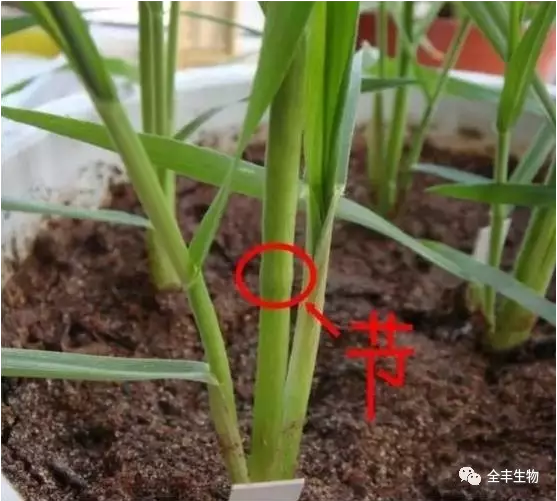
Wheat internode shortening refers to reducing the distance between 1~3 internodes at the bottom of wheat.
Early control will affect the green and jointing of wheat. The control is late. If the control is carried out after the jointing stage, the 1~3 internodes at the bottom of the wheat have grown and developed normally. The height of the internode at the bottom is fixed, and the re-contraction internode will shrink the middle internode, forming a thin upper and lower internode, and a thick middle internode. On the contrary, it is easier to collapse.
Moreover, after the jointing stage, the wheat enters the booting stage, and the vegetative growth gradually changes to the reproductive growth. At this time, the re-chemical control affects the booting and heading of the wheat, and the heading of the irradiated wheat is slow, uneven or inconsistent, affecting the flowering and pollination, but affecting the wheat yield.
It is often too late for many farmers to think of chemical control only when they have to see that after the wheat harvest, the wheat is growing seriously.
Wheat control is not the shorter the wheat, the better!
(Without a reasonable height of wheat, there is no potential for high yield!)
In recent years, with the attention of the majority of farmers to the control of wheat boom, the use of chemical control of wheat boom has become more and more common, but now dealers, retailers and farmers also have some misunderstandings about the control of wheat boom:
We blindly pursue the dwarfing effect of wheat. We believe that the shorter the height of wheat, the better the quality of wheat.
In fact, the growth, development, flowering and fruiting of any crop require a large amount of nutrients. If the plant does not have a reasonable height and does not have sufficient accumulation of nutrients, it will cause a reduction in production. Therefore, the wheat control products are not the products that control the plant height as well as the good products. The good control products will promote the development of wheat roots, strong stems and better toughness while controlling the plant height, The stronger the lodging resistance of wheat. Good products are those that resist lodging and grow!
Functional characteristics of chlormequat:
Chlormethrin is an antagonist of gibberellin. After the use of Chlormethrin, it can effectively control plant growth, promote reproductive growth, shorten plant internode, grow short, strong, thick, developed root system, and resist lodging. At the same time, the leaf color is deepened, the leaf thickness is increased, the chlorophyll content is increased, and the photosynthesis is increased, so as to improve the fruit setting rate of some crops, improve the quality, and increase the yield.
CCM can improve the water absorption capacity of roots, affect the accumulation of proline in plants, and help improve the plant's resistance to stress, such as drought, cold, saline-alkali and disease resistance. The chlormequat can enter the plant through leaves, young shoots, buds, roots and seeds, so it can be planted, sprayed and irrigated. Different application methods can be selected according to different crops to achieve better results.
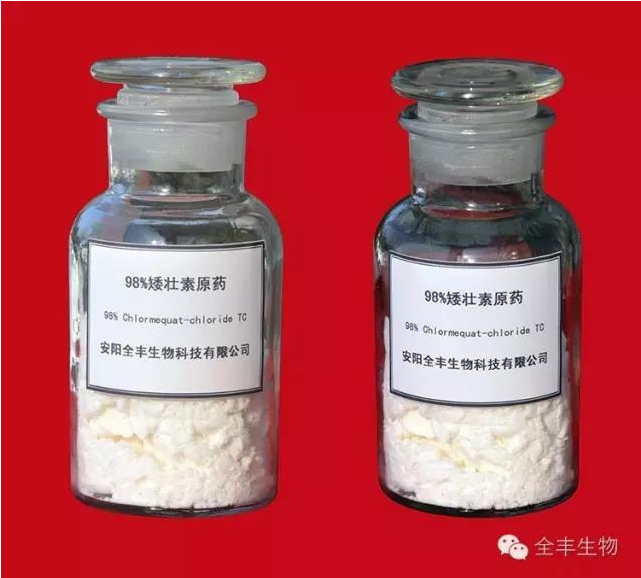
Use of chlormequat in wheat:
Soak seeds with 0.3-0.5% liquid medicine for 6 hours, liquid medicine: seed=1:0.8, dry and sow; Spraying 2-3% liquid medicine on the seeds for seed dressing and sowing for 12 hours can strengthen the seedlings, make the roots developed, tiller early, tiller more, and increase the yield by about 12%. At the early stage of tillering, spray 0.15-0.25% liquid medicine at a rate of 50kg/mu (the concentration should not be higher, or the heading and ripening will be delayed). The wheat seedlings are short and healthy, with more tillers and an increase of 6.7-20.1%. Or spray at the end of tillering and at the beginning of jointing, which can effectively inhibit the elongation of 1-3 nodes at the lower part of the stem, which is extremely beneficial to prevent wheat lodging, and improve the earing rate. If sprayed at the jointing stage, it will not only inhibit the elongation of internode, but also affect the normal development of ear, resulting in reduced yield.
Functional characteristics of paclobutrazol:
As a plant growth regulator, paclobutrazol has the effects of delaying plant growth, inhibiting stem elongation, shortening internode, promoting plant tillering, increasing plant stress resistance, and improving yield. This product is applicable to rice, wheat, peanut, fruit tree, tobacco, rape, soybean, flowers, lawn and other crops, with remarkable effect.
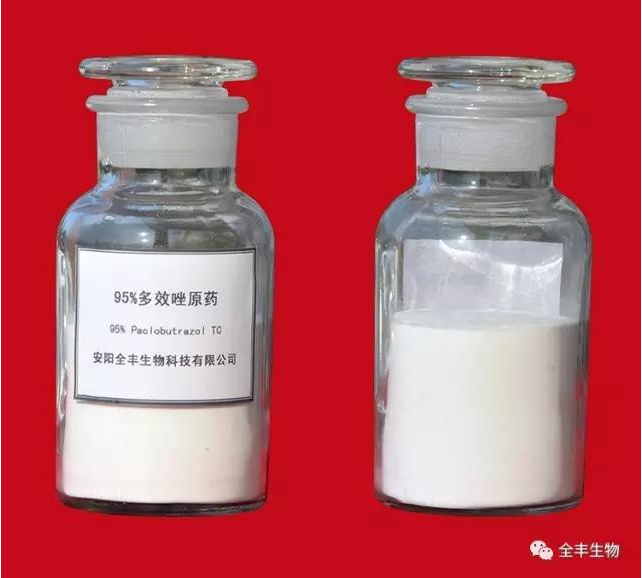
Use of paclobutrazol on wheat:
At the turning green stage, spraying 30kg of 200mg/L liquid medicine per mu can make the plant dwarf, enhance the ability of lodging resistance, and can also cure wheat powdery mildew and improve the nitrogen absorption and utilization rate of the plant.
Functional characteristics of methylpiperidine:
Meperidium is a new plant growth regulator, which can be used in many crops and has many effects. It can promote plant development, flowering in advance, prevent falling off, increase yield, enhance chlorophyll synthesis, and inhibit the elongation of main stems and fruit branches. Spraying according to the dosage and different growth periods of the plant can adjust the plant growth, make the plant firm and resistant to lodging, improve the color and increase the yield.
Meperidium is a plant growth regulator that seems to antagonize gibberellin. It is a plant growth regulator that seems to antagonize gibberellin and is used on cotton and other plants. In addition, the use of meperidium in winter wheat can prevent lodging; When used in apple, it can increase calcium absorption and reduce bitter depression; It can increase sugar content when used in citrus; Used for ornamental plants, it can inhibit plant overgrowth, make the plant firm, resist lodging and improve color; It can be used for tomatoes, melons and beans to increase yield and mature early.

The principle of using meperidium (trimethylamine):
The principle of spraying high instead of low, spraying strong instead of weak, spraying waterlogging instead of drought, spraying fertilizer instead of thin, small amount and many times.
Use of acetaminophen on wheat:
1. Seed mixing: use 4-5g, add 2.5kg of water, 5kg of wheat seeds, mix evenly, mix with the seeds, dry and sow.
2. Jointing period: 10 grams per mu, 15 kilograms of water, spraying.
3. Flowering period: use 10 grams per mu, mix 15 kilograms of water, and spray.


